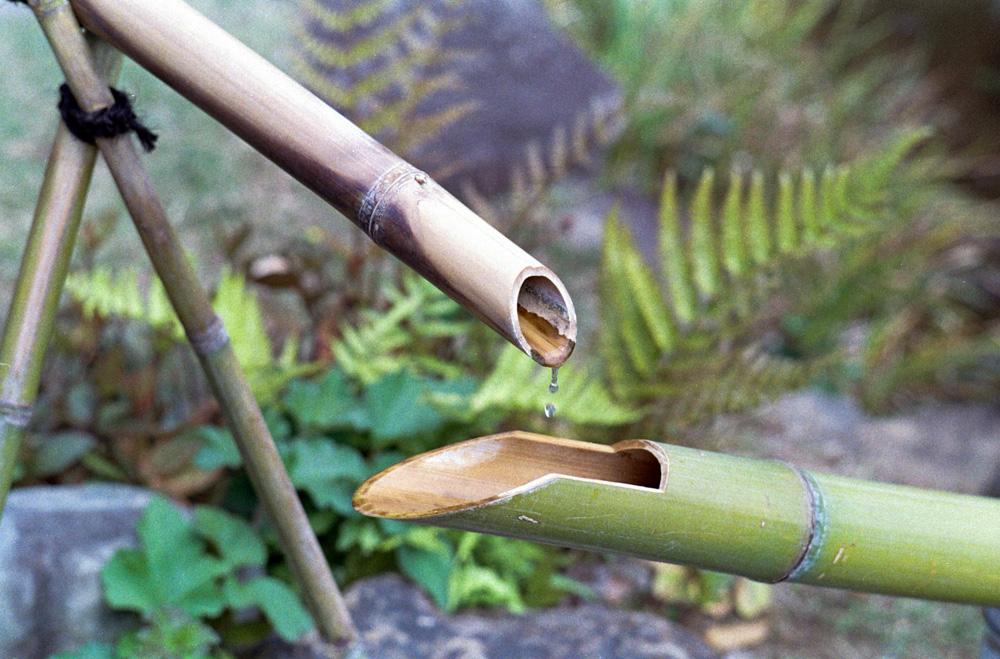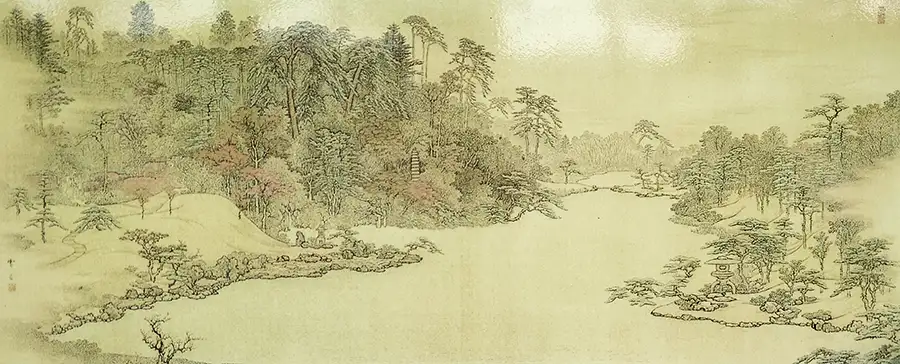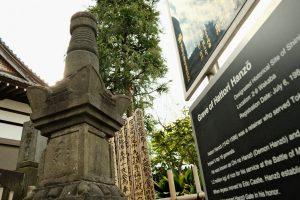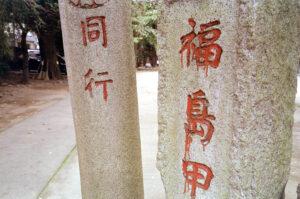Higo Hosokawa Garden: a calm Japanese-style garden with a samurai history
Let’s look around this fantastic Japanese-style garden — hidden in Tokyo’s Bunkyo ward — that has a connection to a samurai family.
Higo Hosokawa Garden is one of those hidden spots that people discover by chance and then wonder how come they didn’t know about it before. Myself included.
It’s a traditional Japanese-style garden with a pond, a bridge, forest on a hill, stone structures such as lanterns and a pagoda, a large variety of trees and other plants, a bamboo water fountain and various other things you’d expect to find in a garden of this kind.
Let’s walk right in (don’t worry if you lost your wallet, the admission is free).
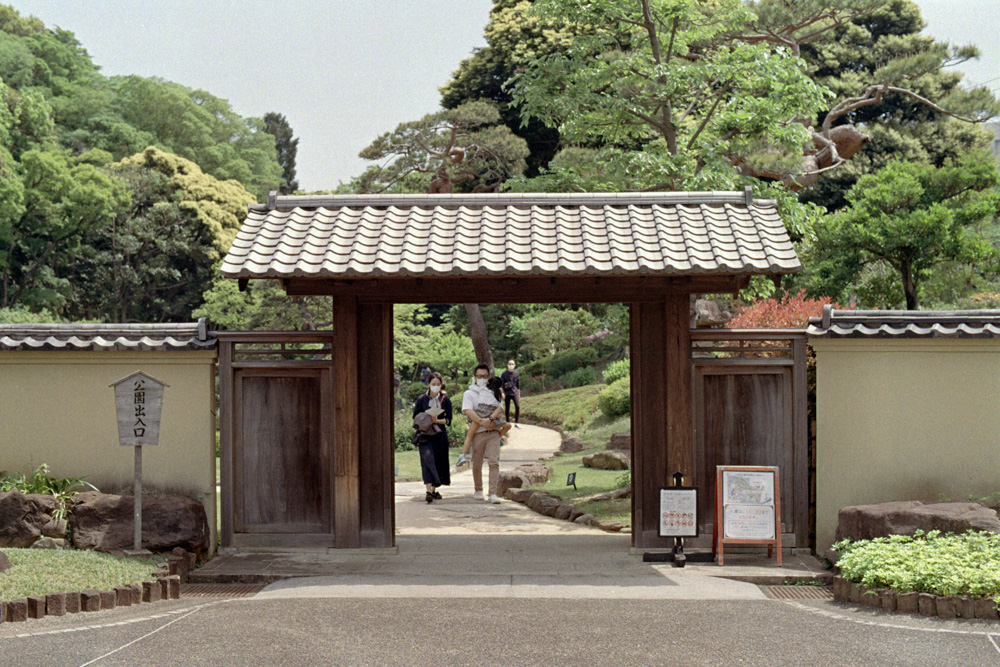
Just beyond the main gate, we are greeted with a very scenic pond that looks like it’s been here unchanged for ages.
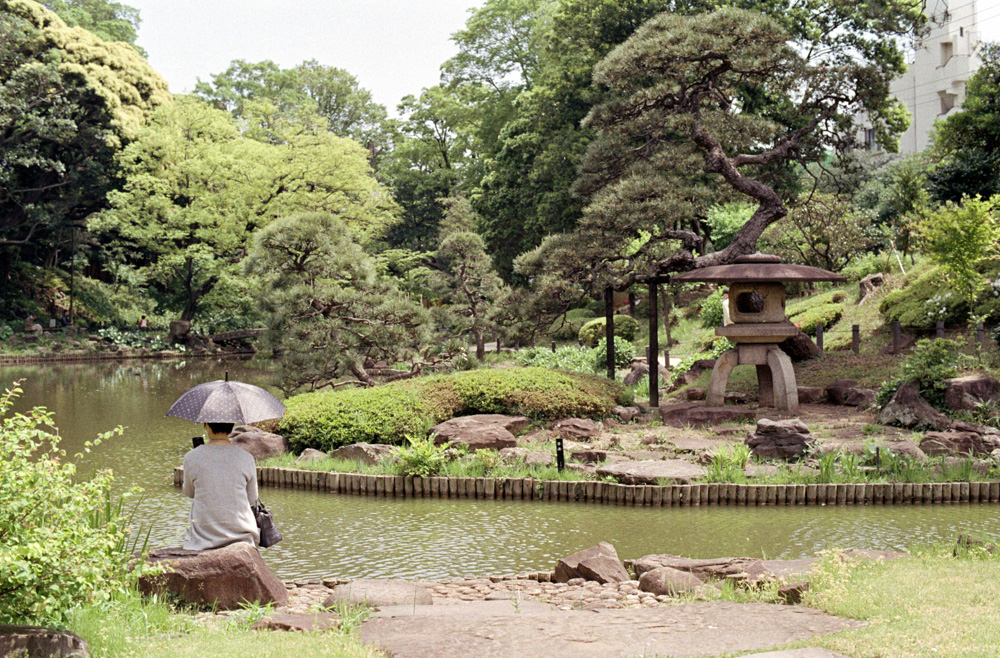
If you look carefully, you will find a heron, and ducks swimming here and there.
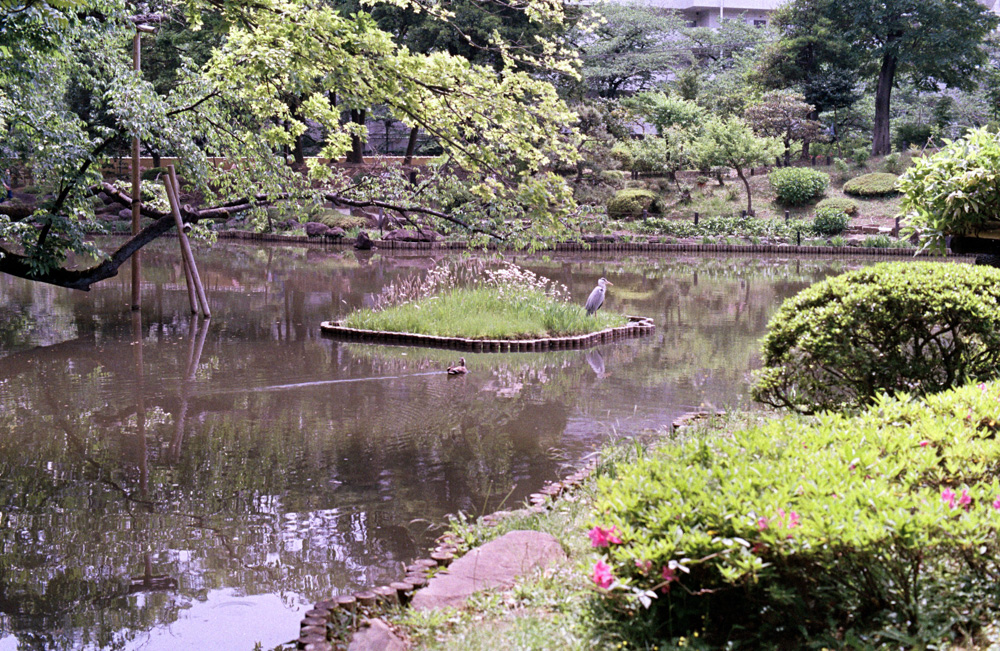
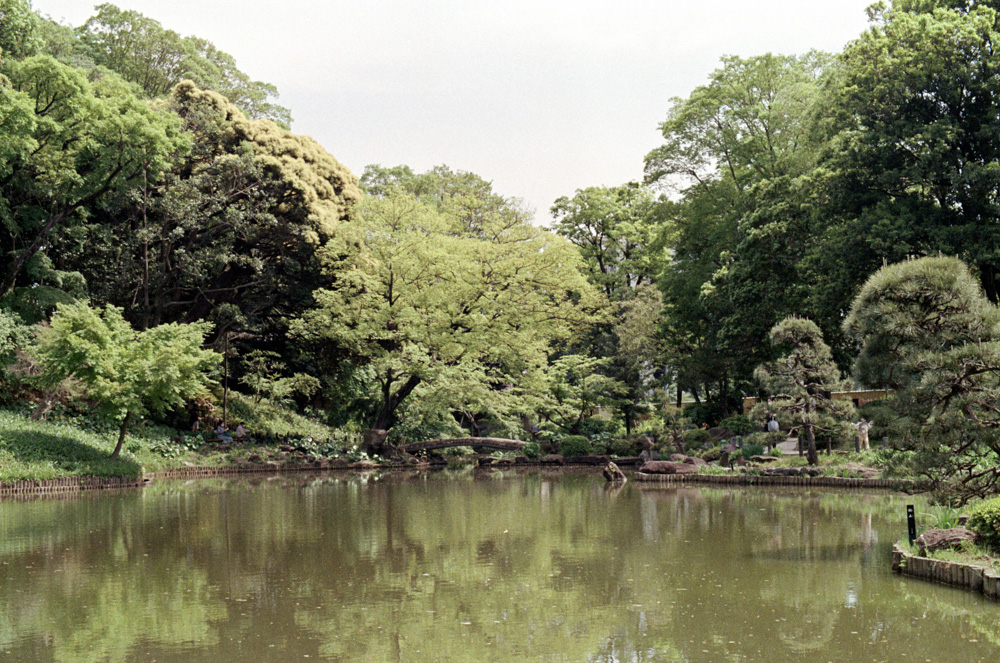
On the information board in front of the entrance, there is a depiction of the garden from the Meiji period. Today, the scenery looks nearly identical.
Facing the pond, there is a two-story building called Shouseikaku where you can experience the atmosphere of the Taisho period (the building is actually older, but was renovated during Taisho).
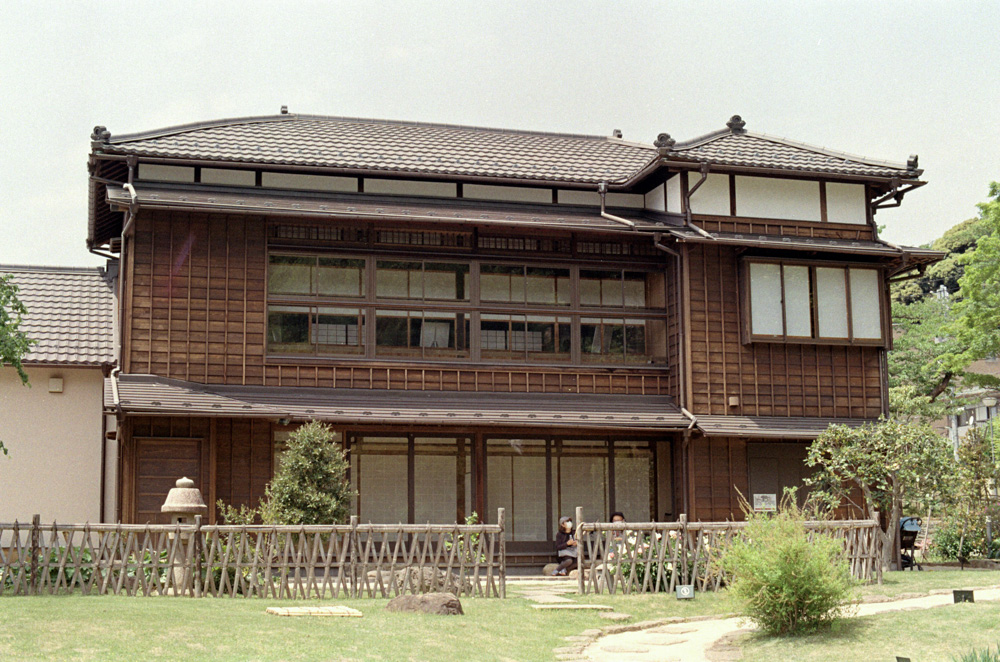
It features a tearoom where you can enjoy matcha and Japanese sweets, a meeting space that can be used with advance reservation, and an observation room overlooking the park on the 2nd floor. It was used as a study room of the Hosokawa family.
Hosokawa?
During the Edo period, the grounds of this garden used to be a suburban residence of the Hosokawa samurai clan, the feudal lords who ruled the major part of the Higo region in present-day Kumamoto prefecture. After World War II, the land changed hands several times and eventually became a public park.
Each room in this building is named after each of the six flowers of Higo, collectively named “Higo Rokka”. They are flowers unique to the Kumamoto region: Higo chrysanthemum, Higo camellia, Higo sasanqua, Higo iris, Higo morning glory, and Higo peony.
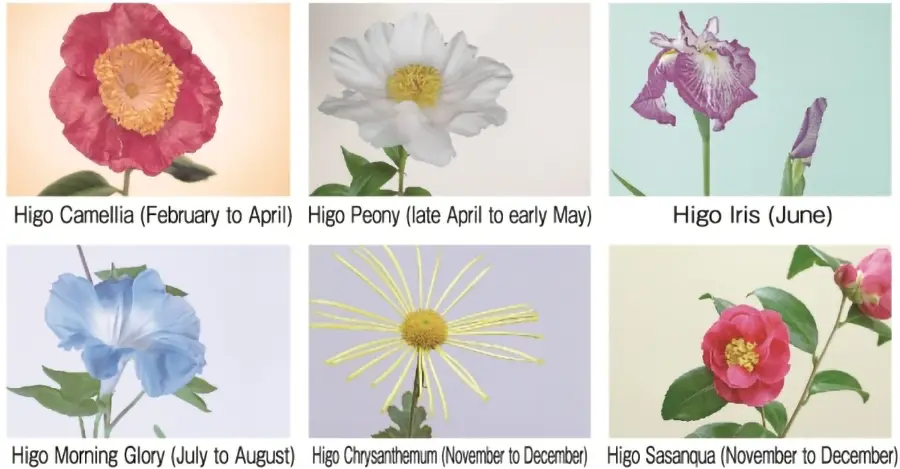
The breeding method, started by the Hosokawa family as one of the samurai accomplishments, is a secret that has been handed down to the present and is kept by the preservation group that takes care of the flowers.
Let’s continue looking around.
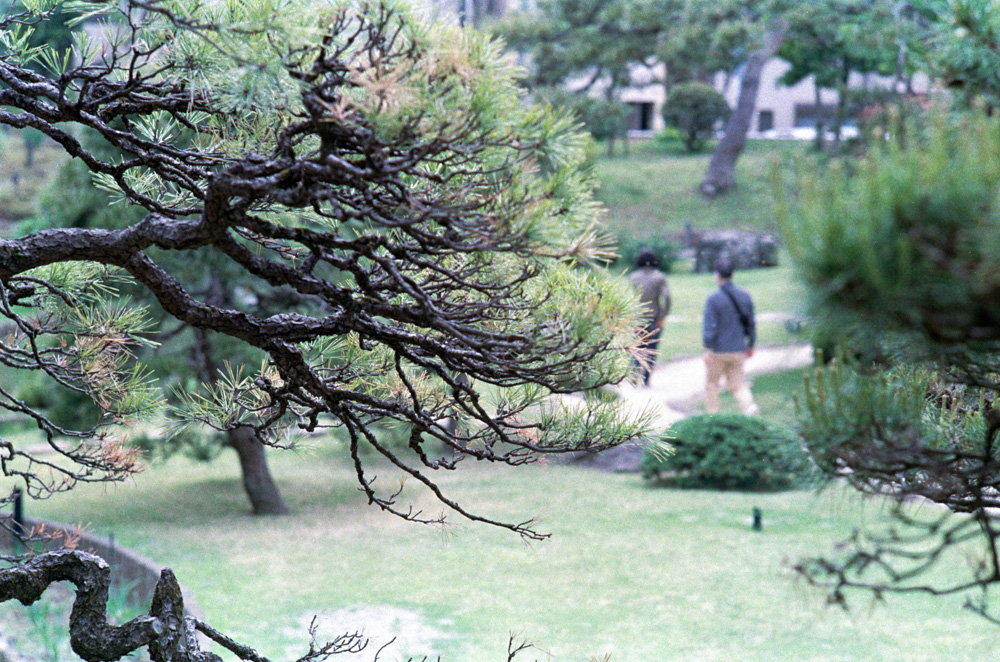
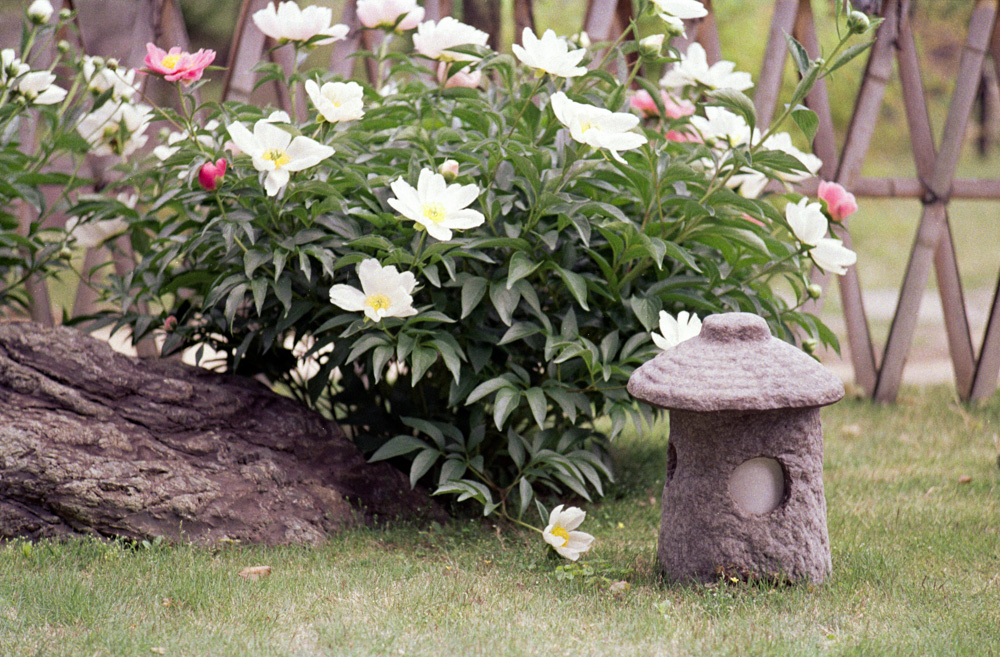
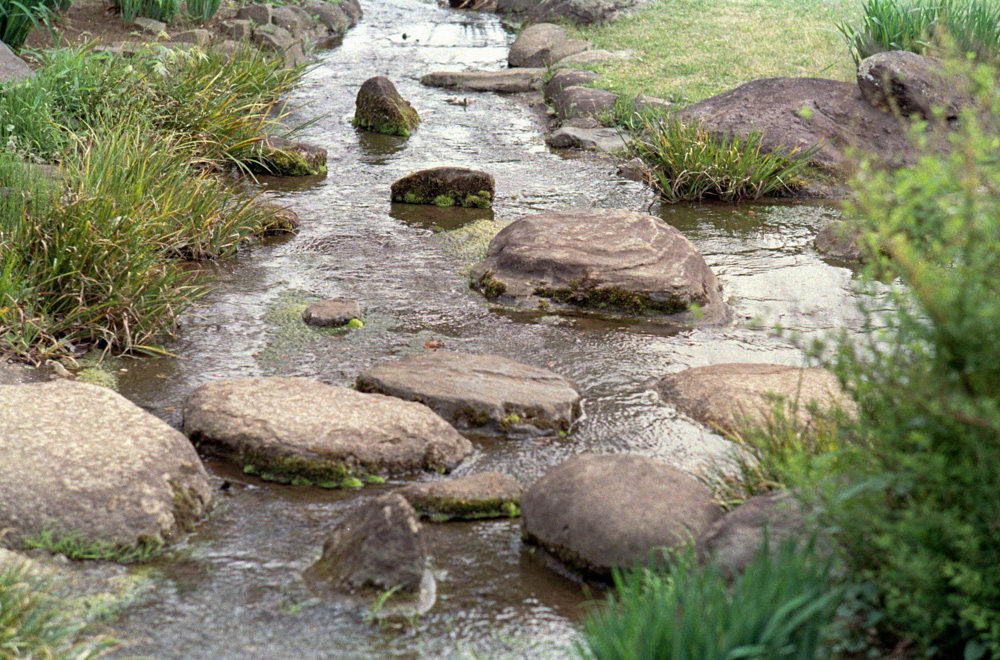
Following the path in front of the building, we can find a bamboo water fountain — commonly called sozu or shishi-odoshi — that makes the typical sharp sound when the bamboo tube hits the rock (just like in this intense Kill Bill scene). This sound is quite possibly the loudest sound you’ll ever find in a Japanese style garden.
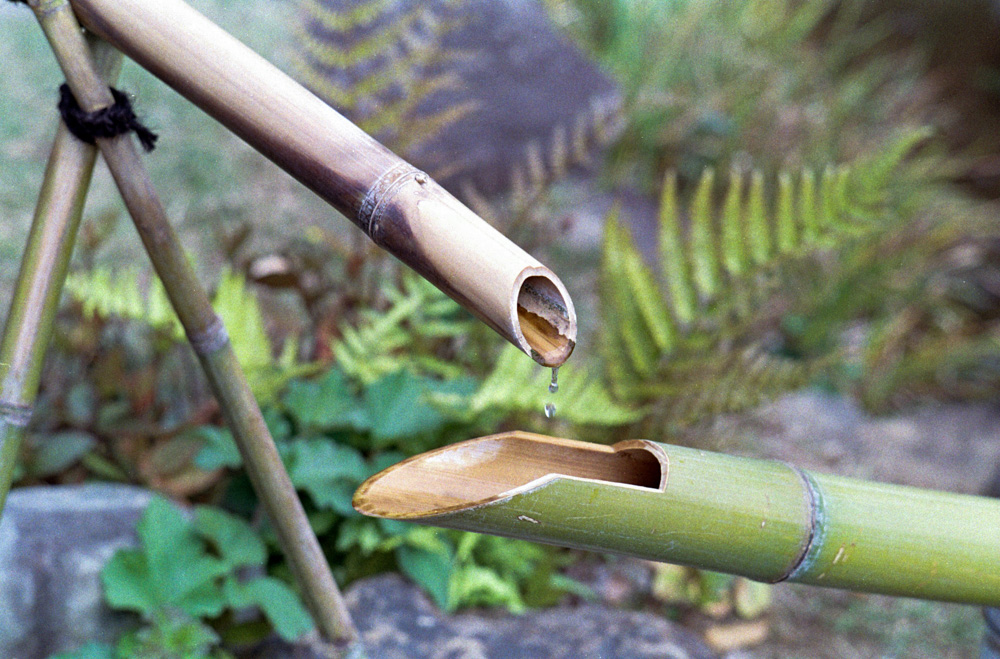
Originally, with this sound, the bamboo fountains were used to scare away animals that posed a threat to agriculture or plants in the garden (such as crows, deer, or boars), but nowadays they are part of the visual design of gardens.
Passing the fountain, we head up a hill that has been transformed into a forest.
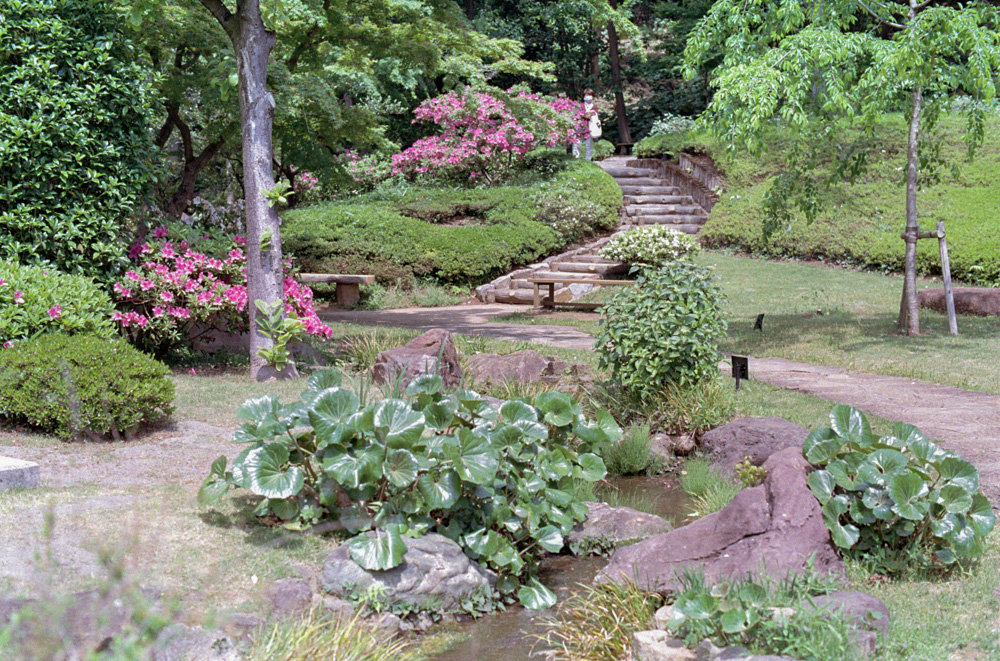
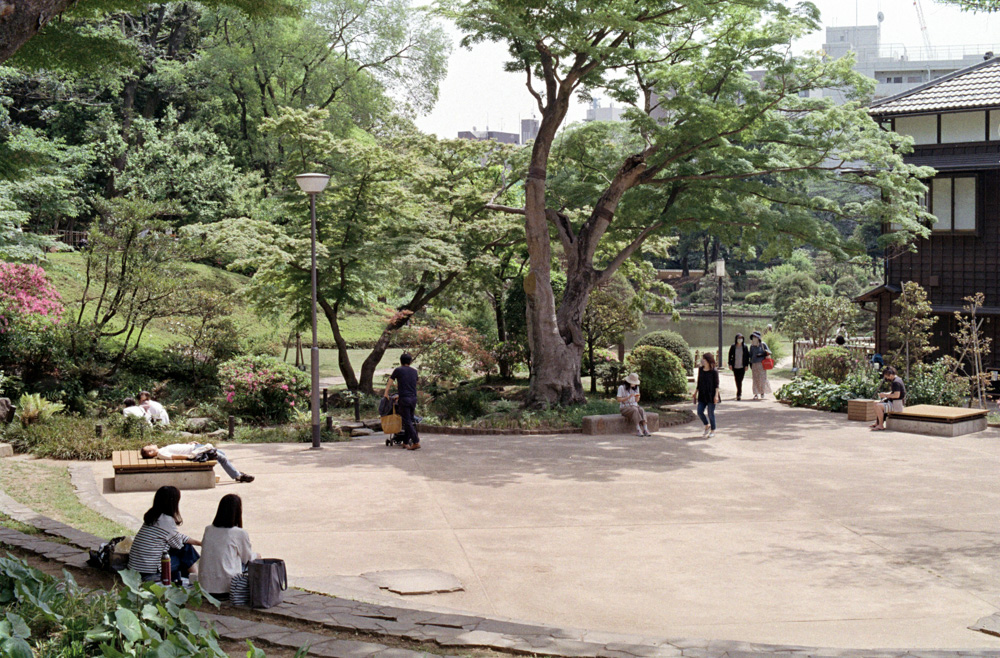
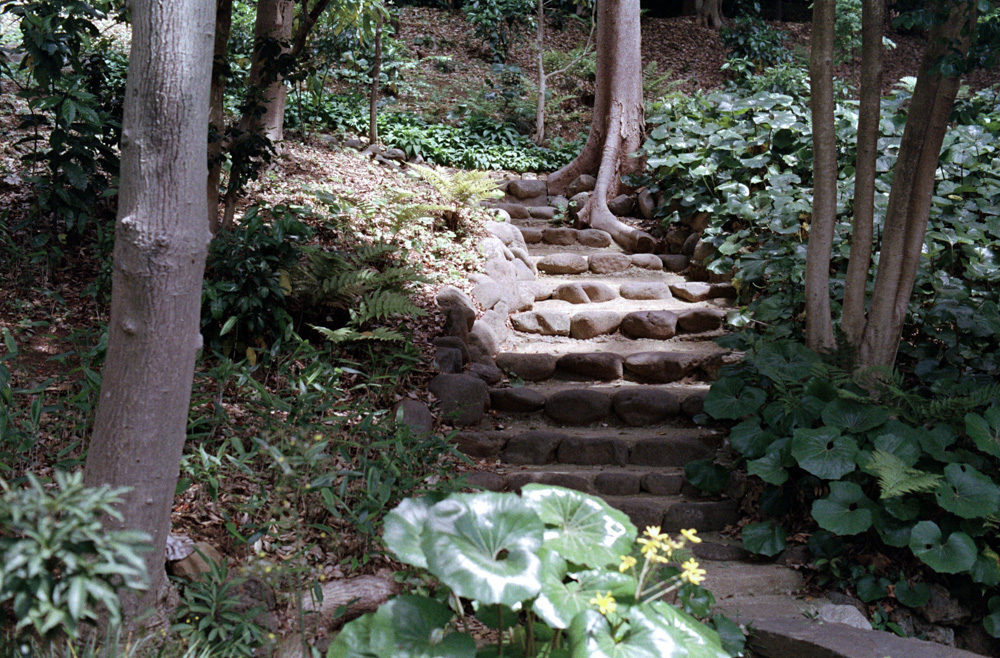
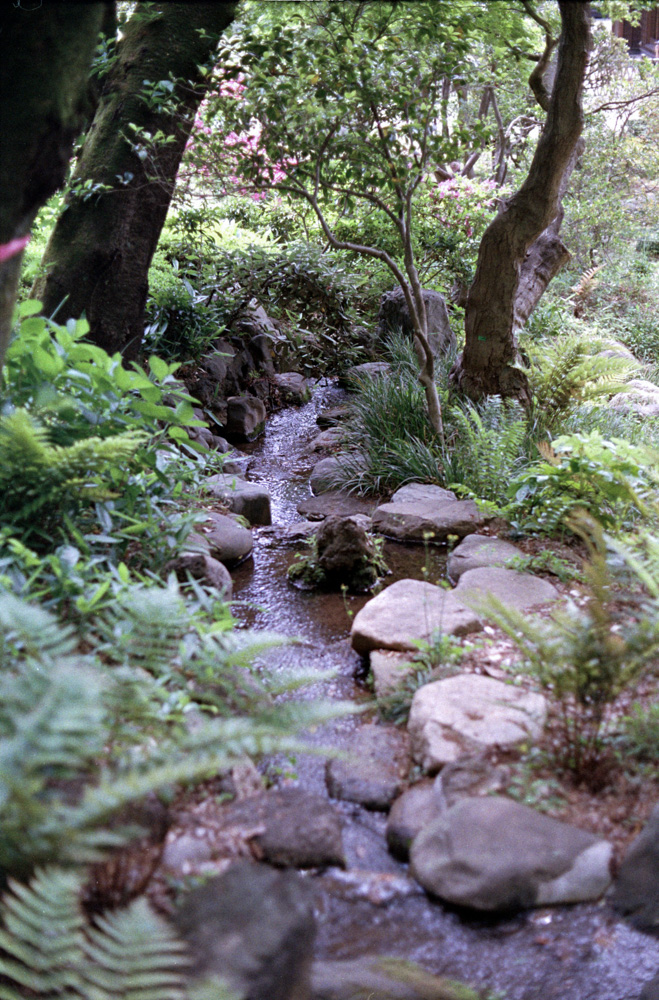
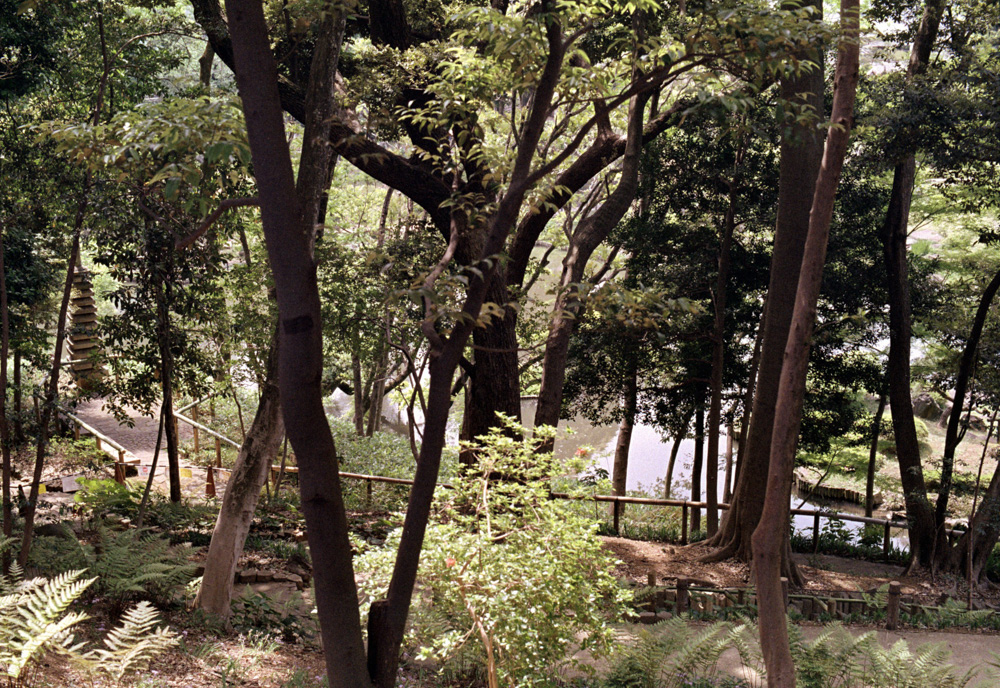
With so much shade, it’s definitely a good escape in the summer heat!
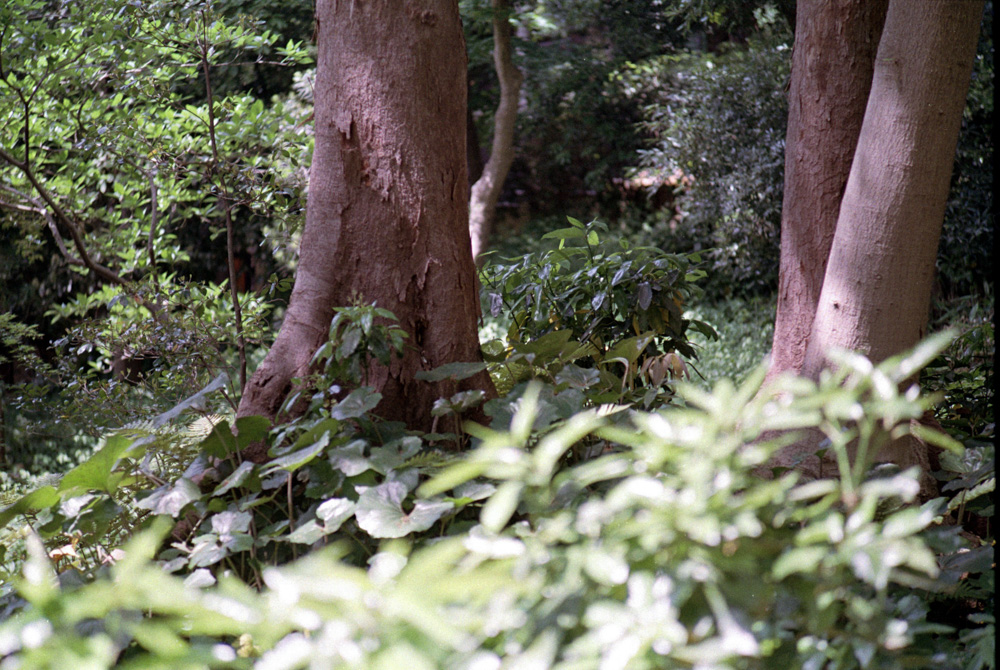
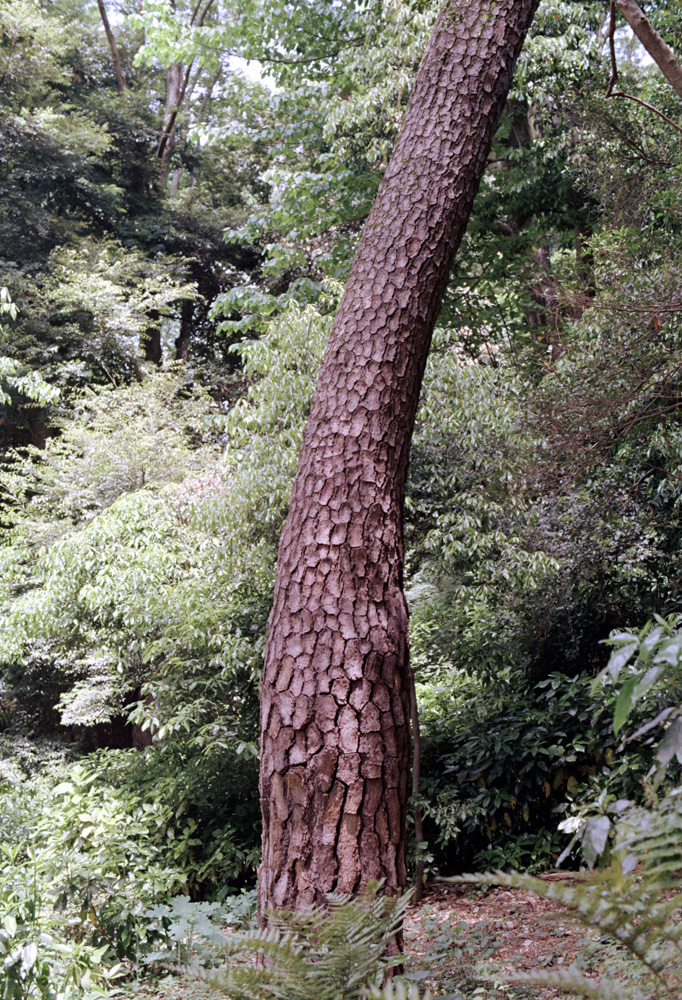
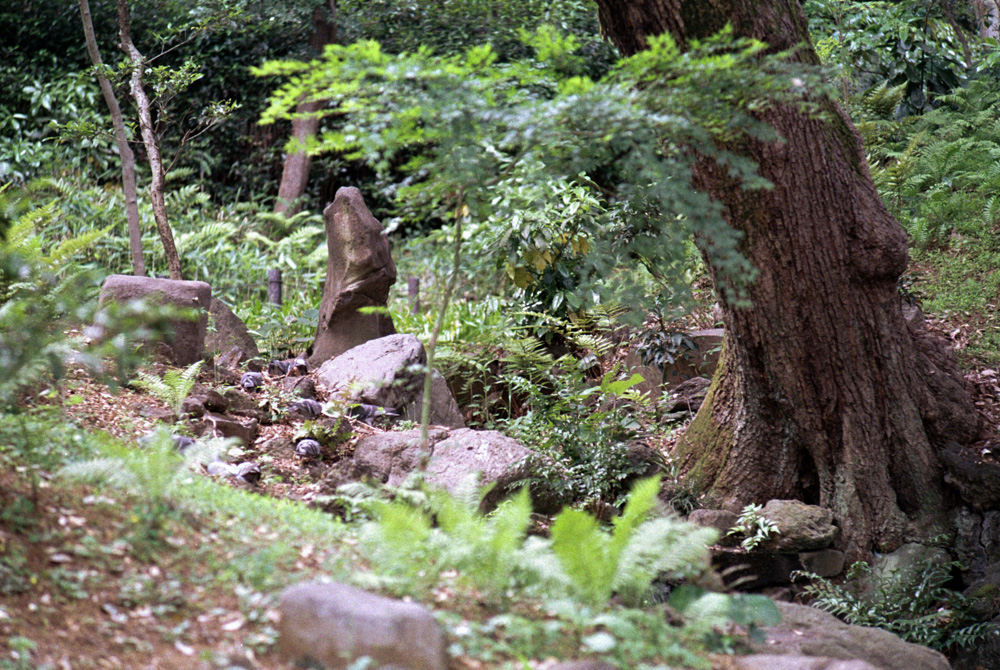
If I saw these pictures without knowing where they were taken, I would never believe this was somewhere in the middle of Tokyo.
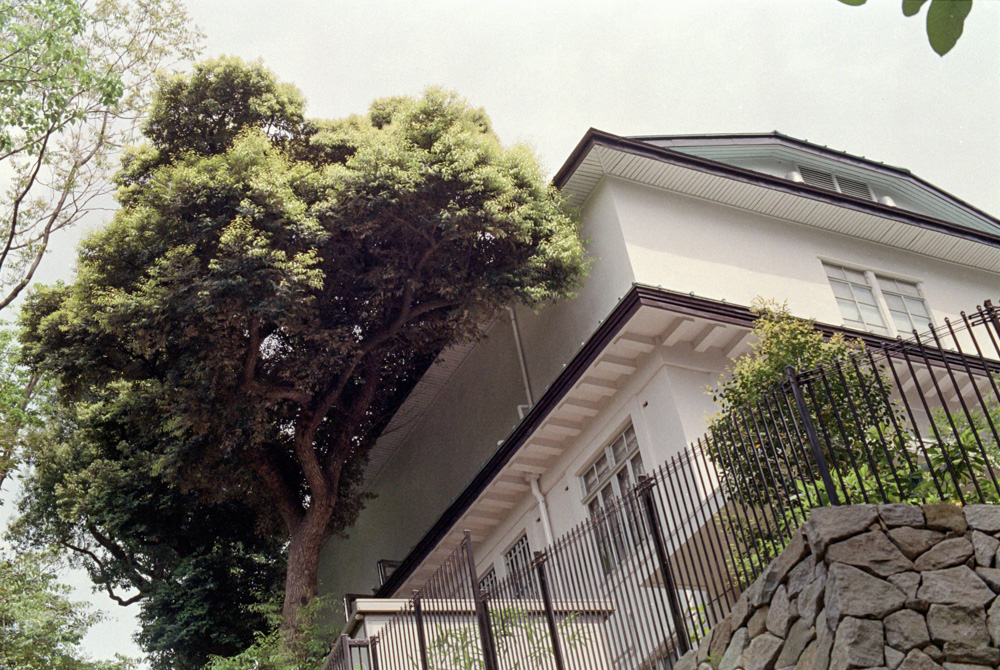
At the top of the hill, there is another building — Eisei Bunko Museum. It’s a museum that houses the Hosokawa family collection, including historical documents and artwork.
There is no end to the beautiful scenic views as we walk down the hill and back to the pond.
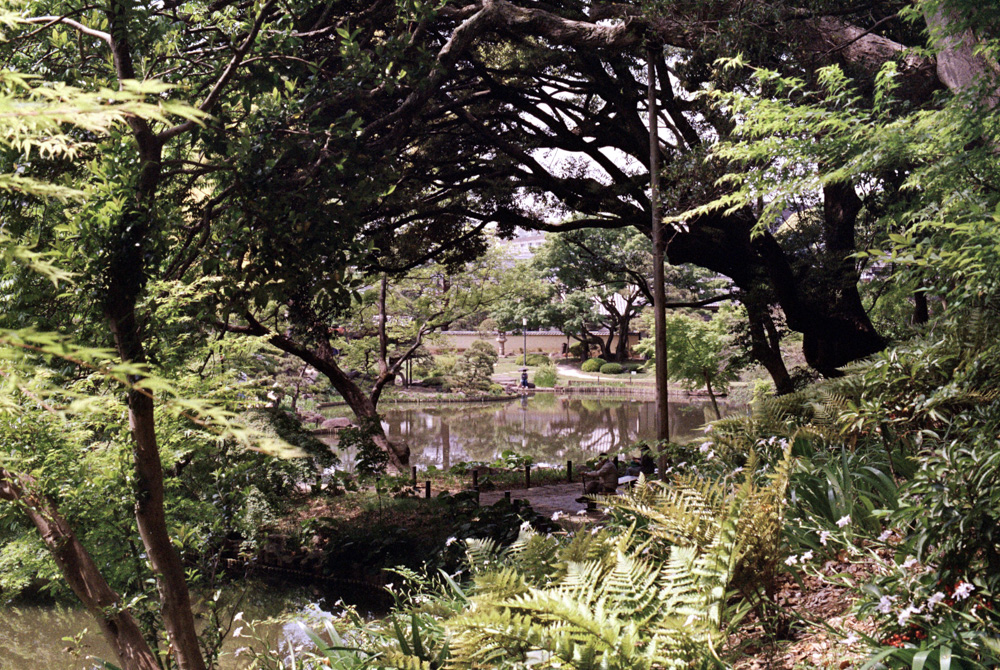
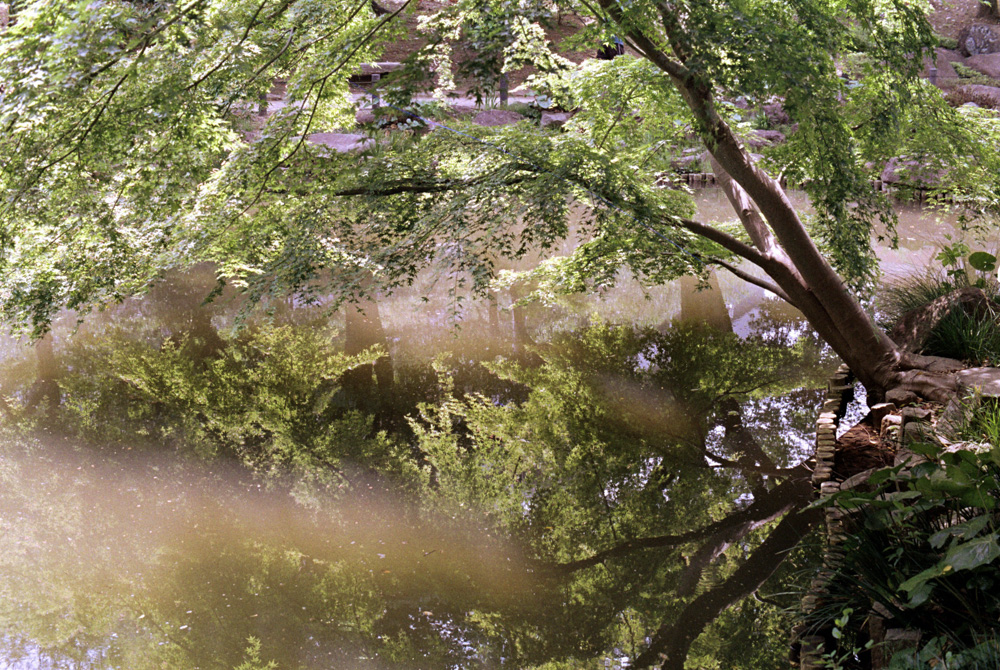
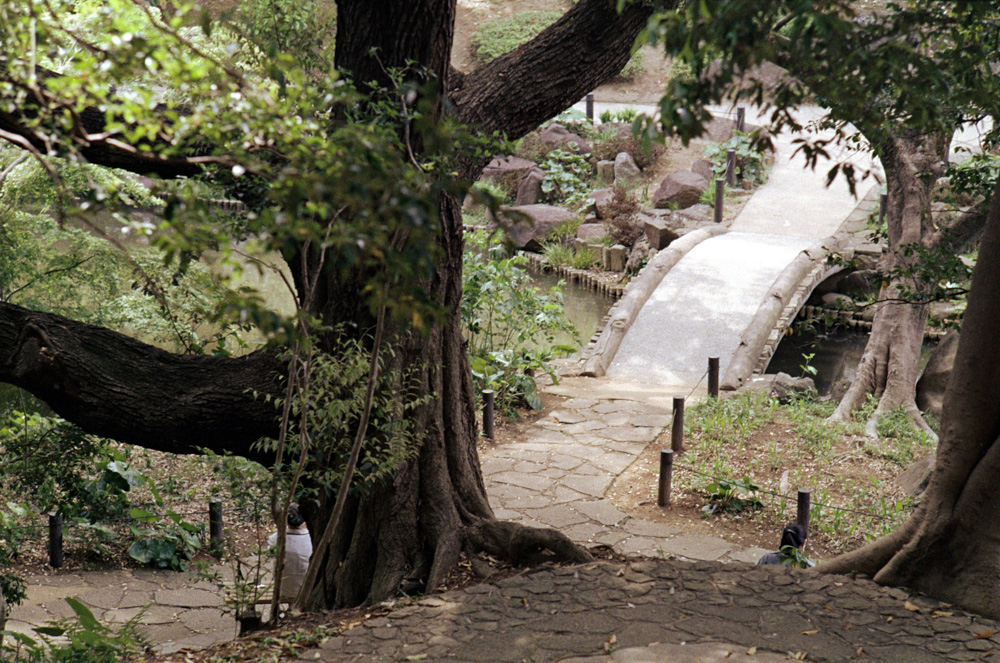
Walking around the pond, we can notice something interesting — the management of the garden came up with the idea of making bamboo covers to hide those unsightly manholes on the grounds. A smart idea to keep the aesthetics of the garden!
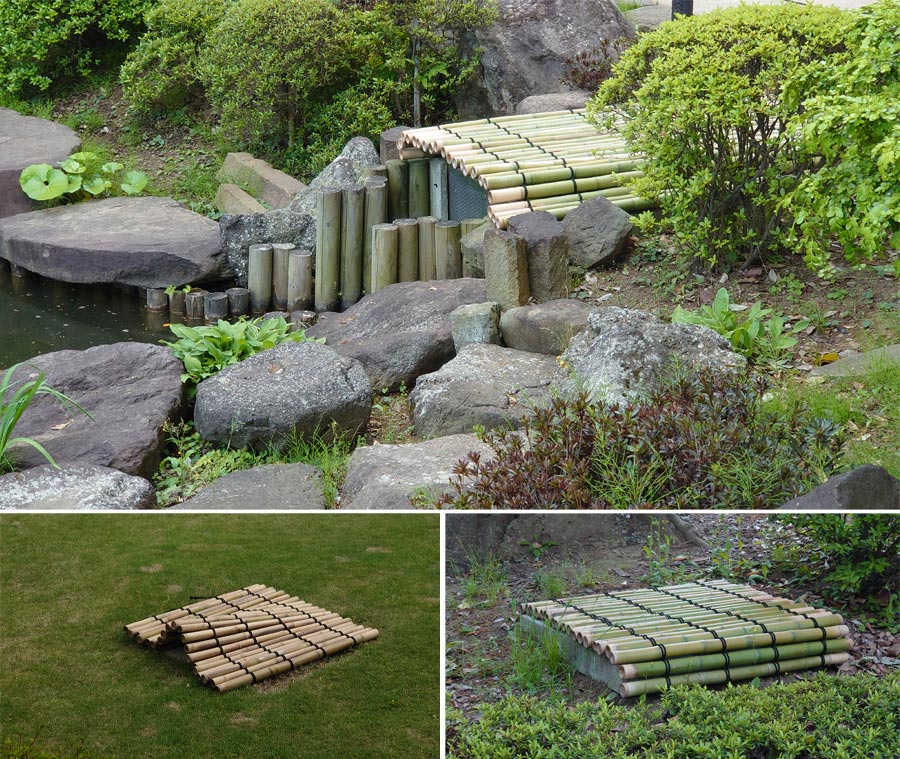
As always, make sure to check the gallery for the full set of pictures.
And we have come to the bonus feature.
Every year, the Higo Hosokawa Garden holds a fantastic illumination event that starts at the end of November.
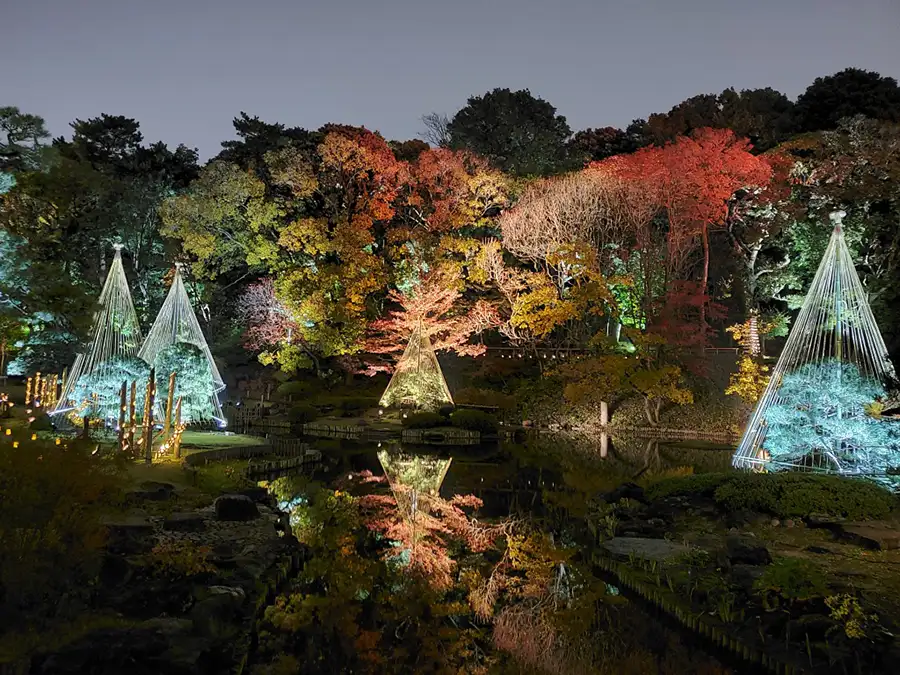

The garden is adjacent to another big garden known as Chinzanso that surrounds an even more secret spot — but let’s keep that for some other time.
